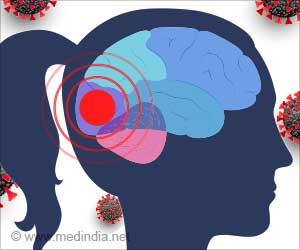A recent clinical trial demonstrates the advantage of using awake prone positioning technique in COVID-19 patients who use high-flow nasal cannula oxygen therapy.

‘Breathing in a prone position helps the lungs work more efficiently in critically ill COVID-19 patients.’





“When people with severe oxygenation issues are laying on their stomachs, it results in better matching of the blood flow and ventilation in the lungs which improves blood oxygen levels”, explained the study’s lead author Dr. Jie Li, associate professor and respiratory therapist at Rush University Medical Center in Chicago, Illinois, United States.Though several interventions are available to improve oxygenation in critically ill patients, there is little outcomes-focused clinical evidence to show that prone positioning prior to mechanical ventilation is beneficial.
Adult COVID-19 patients who required respiratory support from a high-flow nasal cannula, and agreed to participate in this clinical trial, were randomly assigned to the supine or prone positioning groups.
They were asked to stay in that position for as long as they could tolerate. Both the supine and prone positioning groups received high-flow oxygen therapy and standard medical management. Patients were continually monitored to determine if mechanical ventilation was needed.
The study results showed that the prone positioning group were significantly less likely to require mechanical ventilation (33% in the awake prone positioning group vs 40% in the supine.
Advertisement
Clinicians should improve patient comfort during prone positioning, so the patient can stay in the position for at least 8 hours a day.
Advertisement
This strategy can keep patients off the ventilator, saving those devices for the sickest patients who truly need them.
Source-Medindia















